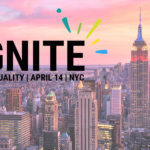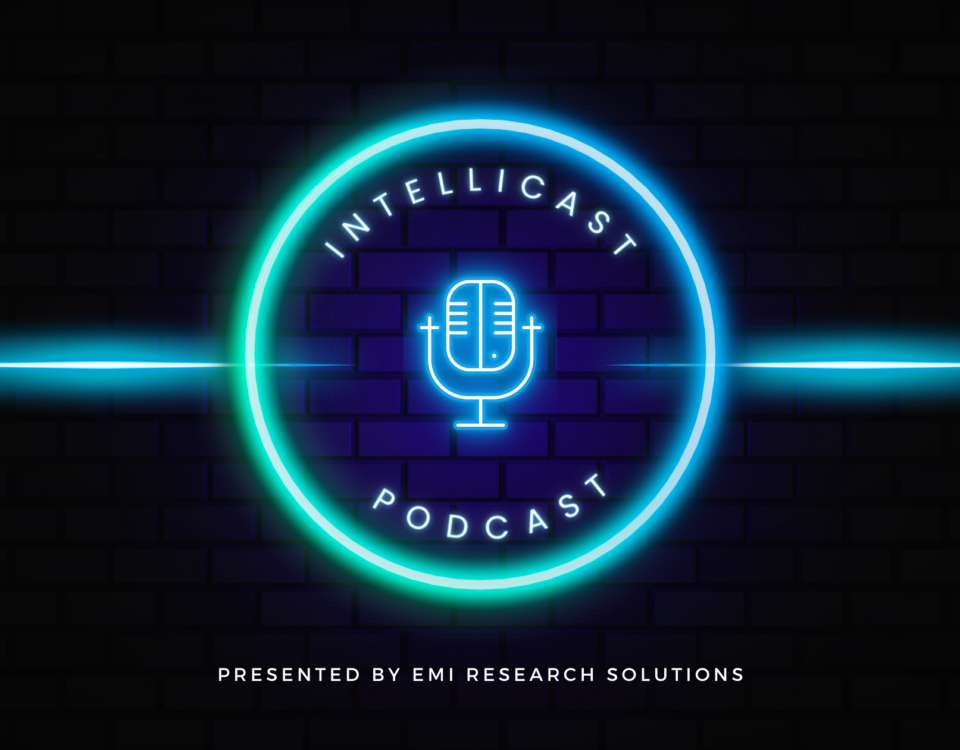
5 Key Takeaways from the Insights Association’s Ignite: Data Quality Conference
April 21, 2025
Blending Human Expertise with Machine Intelligence: How AI Is Elevating Online Market Research
April 24, 2025Welcome back to Intellicast. Data Quality is the foundation of trustworthy market research – that is why this week’s episode is so important. Joining host Brian Peterson are Mary Draper and Aron Wilson, who unpack the implications of a $10 million fraud scheme, key takeaways from the Insights Association’s Ignite Data Quality Conference, and what this means for the future of data integrity in market research.
When Data Quality Fails: A $10M Wake-Up Call
Last week, the market research world was rocked by the news that eight individuals had been indicted for orchestrating a multi-million-dollar scheme to submit fraudulent survey data. The companies implicated—OP4G and Slice MR—allegedly used fake respondents and manipulated standard data quality checks to fabricate results over several years.
The most jarring revelation? This fraud was reportedly committed by insiders – people who knew exactly how to bypass the industry’s existing safeguards.
As Mary Draper, a veteran in quality at EMI Research Solutions, put it: “No one understands how to manipulate a market research survey better than a market researcher.” This event is a sobering reminder of just how vulnerable even sophisticated data collection processes can be.
ISO Certifications: Not All Are Created Equal
The scandal also raised questions about ISO certifications—specifically, what they do and don’t cover. Slice MR had an ISO 27001 certification, which pertains to information security—not market research. In contrast, ISO 20252 is the industry standard for market research quality management.
This distinction matters. As more clients demand certified partners, understanding the real meaning behind certifications is key to safeguarding data integrity.
Key Takeaways from the Ignite Data Quality Conference
Prior to the news breaking, Mary and Aron attended the Ignite Data Quality Conference in New York—an event focused solely on improving research quality. Here are a few of the most critical insights from the conference according to Mary and Aron:
1. Transparency Is Non-Negotiable
One recurring theme was the growing demand for sample transparency. Clients want to know not just where their data comes from, but how it was sourced, whether panels are proprietary, and if third-party data is blended in. Unfortunately, not all suppliers are forthcoming.
At EMI, we’ve long championed a transparent model—sharing sourcing details on every project. But the industry at large still has work to do.
2. You Can’t Expect High-Quality Data at Bargain Prices
As Aaron Wilson noted, the push to commoditize sample—prioritizing speed and cost over quality—has dangerous consequences. Quality respondents aren’t cheap, and cutting corners inevitably leads to bad data.
Paying for verified, high-quality sample is an investment. And as Aaron analogized, “It’s like buying organic produce—if you want the good stuff, you have to pay for it.”
3. Respect the Respondent
Poorly designed surveys drive away good respondents, leaving the door open for bots and fraudsters. Sessions on respondent experience underscored the importance of thoughtful survey design, fair compensation, and minimizing friction.
We also saw innovations around “red herring” questions and new fraud detection tools—but experts warned against publicly sharing too much, lest the fraudsters adapt even faster.
4. Layered Defense Is Key
There is no single silver bullet for data fraud. What’s needed is a layered approach that includes:
- Pre-survey fraud screening tools
- Thoughtful survey programming
- Active in-survey checks
- Post-survey data validation
- Transparent feedback loops between buyers and suppliers
Many sessions echoed the idea that collaboration across the ecosystem—from panel providers to clients—is the only way forward.
What Happens Next?
While the investigation into OP4G and Slice continues, one thing is clear: this scandal is a turning point. It’s already driving deeper discussions about standards, certification, and ethical practices. And with clients like P&G pushing for ISO certification and better controls, the industry may finally be at an inflection point.
But vigilance must be constant.
As Mary noted, “If we’re not doing more to keep good respondents in the ecosystem, we’re making room for the fraud.”
Final Thoughts: What Can Be Done Now
If you’re a research buyer, agency, or supplier, here are a few ways to commit to better data quality today:
- Ask your partners about their sourcing and vetting processes.
- Review certifications—don’t just assume what a badge means.
- Invest in technology and layered fraud prevention strategies.
- Design surveys with the respondent in mind.
- Provide feedback to suppliers—don’t just send a termination report.
The cost of bad data is far greater than the cost of doing it right the first time.
Want a better understanding of EMI data quality processes? Click Here
Heading to Washington D.C. for IIeX – be sure to connect with Matthew and Brian!
Did you miss one of our webinars or want to get some of our whitepapers and reports? You can find it all on our Resources page on our website here.




